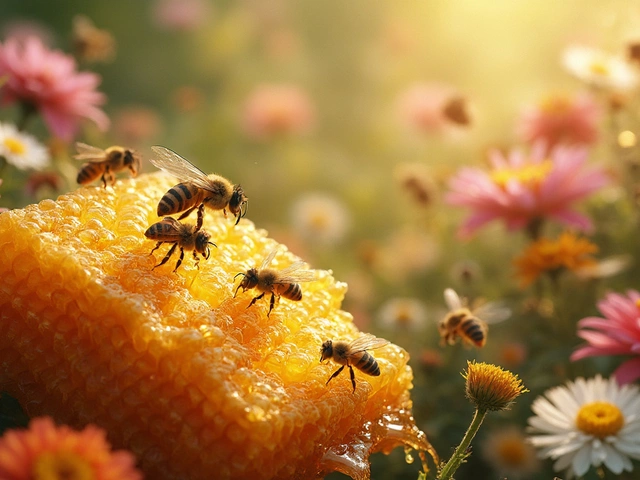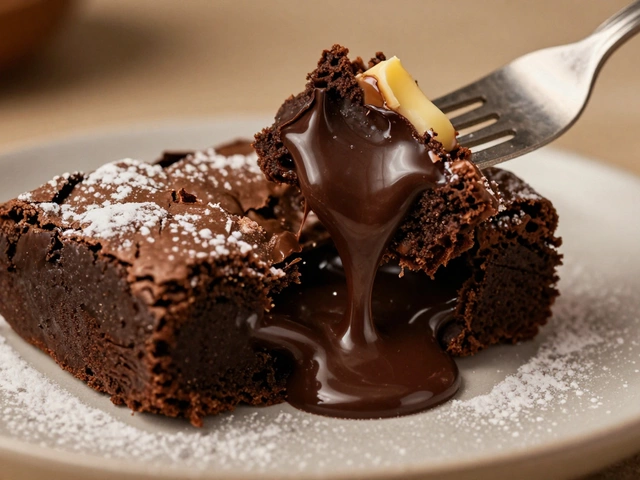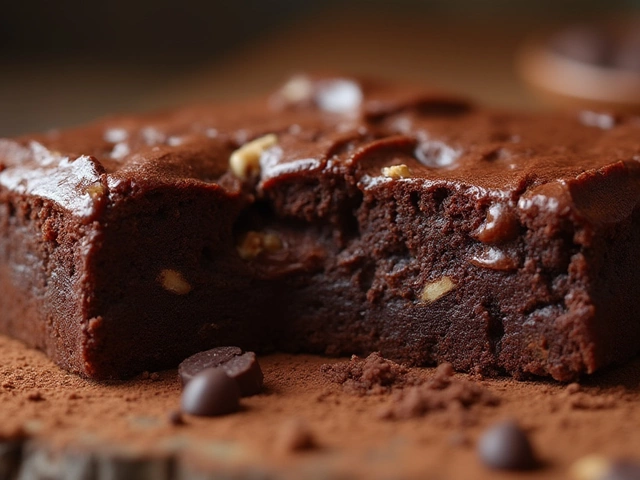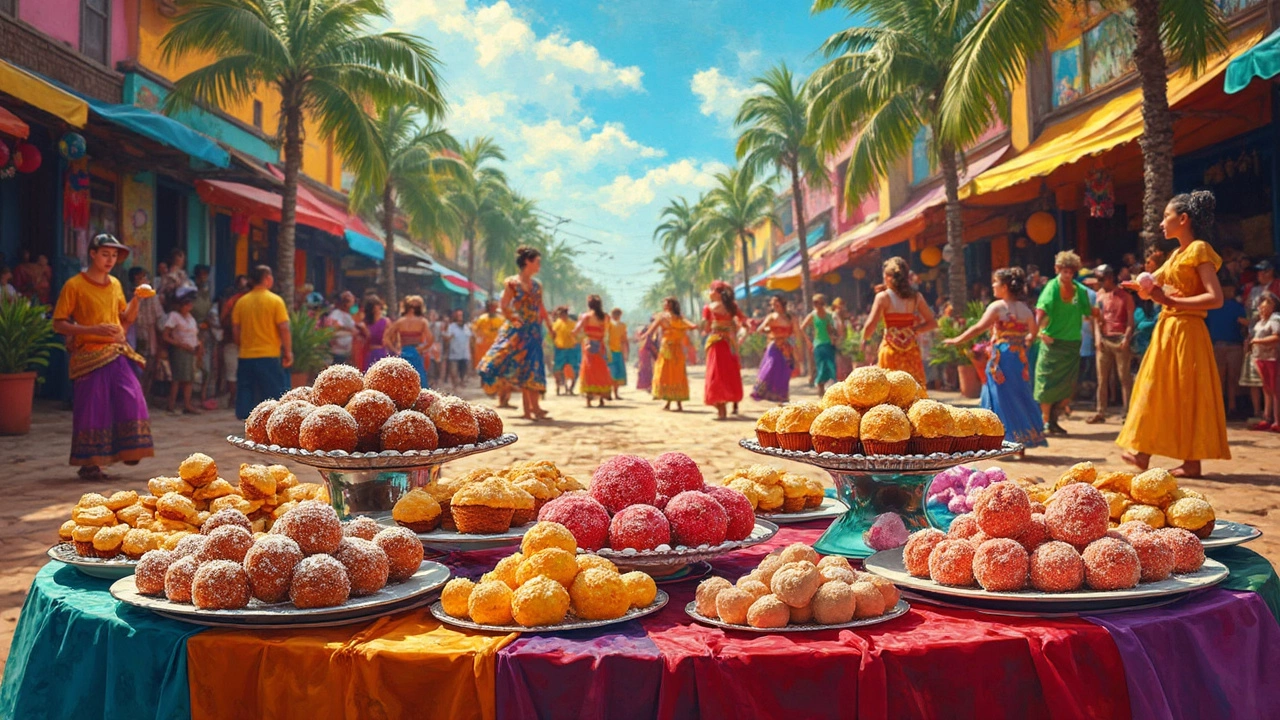
Ever found yourself wondering about the sweet tastes that make Brazil's culinary landscape so unique? Sure, everyone talks about tiramisu, but let's jet-set to a place where the desserts are just as bold as the music. Brazilian sweets pack a punch, full of flavor and stories.
From the creamy custards of quindim to the nutty richness of brigadeiros, these desserts carry more than just sugar and spice. They're a snapshot of the country's history, echoing influences from Africa, Portugal, and the Indigenous peoples of Brazil. And let's face it, once you dig into them, saying no won't be an option.
- The Allure of Brazilian Desserts
- Uncommon Ingredients Making a Difference
- Historical Roots and Their Impact
- Famous Brazilian Sweets to Try
- Tips for Creating Brazilian Desserts at Home
The Allure of Brazilian Desserts
So, what makes Brazilian sweets stand out so much? Well, it’s their sheer variety and the wild mix of flavors that come together in such an unexpected yet perfect way. Take brigadeiros, for example – these chocolatey bites of goodness are a staple at Brazilian parties, made with sweetened condensed milk, cocoa powder, and butter, then rolled in chocolate sprinkles. They're simple, but the taste is unforgettable.
You can’t talk about Brazilian sweets without mentioning pão de mel, a honey cake that is often covered in chocolate. It's sweet, a little spicy, and pairs beautifully with coffee. These kinds of desserts aren’t just sugary treats; they’re part of the social fabric in Brazil, often enjoyed during gatherings, celebrations, and holidays.
Another crowd-pleaser is the quindim, which is all about rich, coconut goodness. It has this bright yellow color thanks to the egg yolks, which give it that signature custardy texture. A must-try if you're diving into traditional desserts!
Beyond their taste, these desserts reveal a lot about the history and culture of Brazil. The ingredients often trace back to Portuguese colonization, African influence, and Indigenous traditions. This mix makes for something that's way more than just a sugar rush—it's a taste journey through Brazil's past and present.
Are you ready for a culinary adventure? Exploring these unique flavors is not just about indulging your sweet tooth—it's about experiencing a slice of Brazil’s vibrant culture. Trust me, once you get a taste, you’ll see exactly why these sweets have such an enchanting allure.
Uncommon Ingredients Making a Difference
When you think of Brazilian sweets, it's not just the taste that stands out, but the ingredients that make them unforgettable. Imagine biting into a dessert that's miles away from the usual suspects like chocolate and vanilla.
One of the champions in Brazilian desserts is coconut, but not just any coconut. Take quindim, a bright yellow custard that's rich with a coconutty crunch. Made from eggs, sugar, and grated coconut, it owes its distinct texture to the desiccated coconut that melts in your mouth.
Another star ingredient is cassava or manioc. Often turned into flour, it's used in a variety of sweets. Ever tried bolo de rolo? It’s a thinly layered cake with a jam center, absorbing flavors like a sponge. Cassava flour gives it that unique Brazilian twist.
Let’s not overlook guava. This fruit finds its way into many desserts, most commonly in the form of goiabada, a thick paste. Paired with mild cheeses or stuffed in pastries, it's known for its sweet, floral kick.
A food writer once said, "
Brazil's culinary gifts are rooted in its bountiful land and diverse culture, creating a symphony of flavors and textures that captivate the senses."That's kind of spot on, right?
And sometimes, it's not what you add, but what you leave out. Many traditional desserts use little to no dairy, letting other flavors shine. It's this creativity with ingredients that make Brazilian sweets more than just desserts—they're a taste adventure.
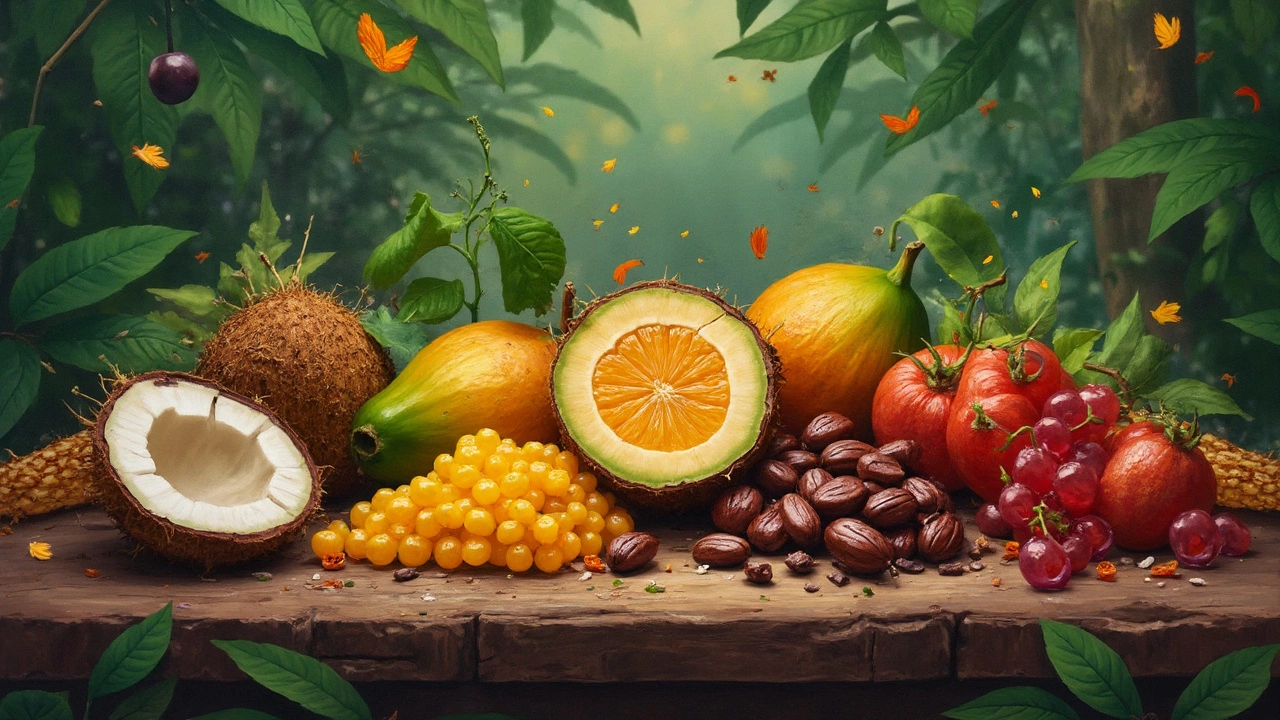
Historical Roots and Their Impact
Dive into the melting pot that is Brazilian cuisine, and you'll find its desserts are no exception. These tasty treats are more than just sugar; they’re a bite-sized history lesson. Brazilian sweets have roots that dig deep into the country's past, influenced by waves of cultural intermingling.
The Portuguese, who colonized Brazil in the 16th century, brought their penchant for sweets. They introduced sugar cane plantations, giving rise to the rich use of sugar in Brazilian cooking. Dishes like quindim have strong ties to Portuguese desserts, using similar ingredients like coconut and eggs.
African slaves also played a pivotal role. Ingredients like palm oil and peanuts reveal African culinary influences, subtly making their way into what we now know as traditional desserts. The popular peanut candy, paçoca, owes its existence to this blend of African and native techniques.
Indigenous peoples contributed too, utilizing local ingredients such as manioc. Tucupi, a sauce derived from manioc, found in savory dishes, showcases how native plants shaped the culinary landscape, even influencing desserts by providing a base for various sweet concoctions.
Throughout the centuries, these influences blended, creating a uniquely Brazilian palette that's both sweet and savory. So next time you take a bite of a Brazilian dessert, remember you're not just tasting sugar—you're tasting the history of a nation.
Famous Brazilian Sweets to Try
When it comes to Brazilian treats, we're talking about a sweet journey filled with surprises and drool-worthy delights. Forget comparing them to tiramisu, these desserts stand in a league of their own. Let's check out some Brazilian sweets you simply must try.
Brigadeiro is probably Brazil's sweetest icon. Picture fudgy little balls made from condensed milk, cocoa powder, and butter, rolled in chocolate sprinkles. These tasty morsels are a staple at birthday parties and are loved by basically everyone.
Next up, we've got quindim. If coconut's your thing, then quindim is going to be your new best friend. It's a glossy yellow custard with coconut and sugar, finished with egg yolks for that beautiful color and creamy texture.
Don't miss pudim de leite, the Brazilian answer to flan. This dessert manages to be both rich and light, thanks to its mix of sugar, milk, and eggs. It's a family favorite, often appearing on tables during festive occasions.
Finally, try beijinho, a cousin of brigadeiro but made with coconut. It's sweet and slightly chewy, often decorated with a clove on top for a dash of spice.
Feeling adventurous? These desserts aren't just a treat for your taste buds; they offer a slice of Brazilian culture. They're perfect for sharing with friends or to enjoy when you've got that persistent sweet tooth.
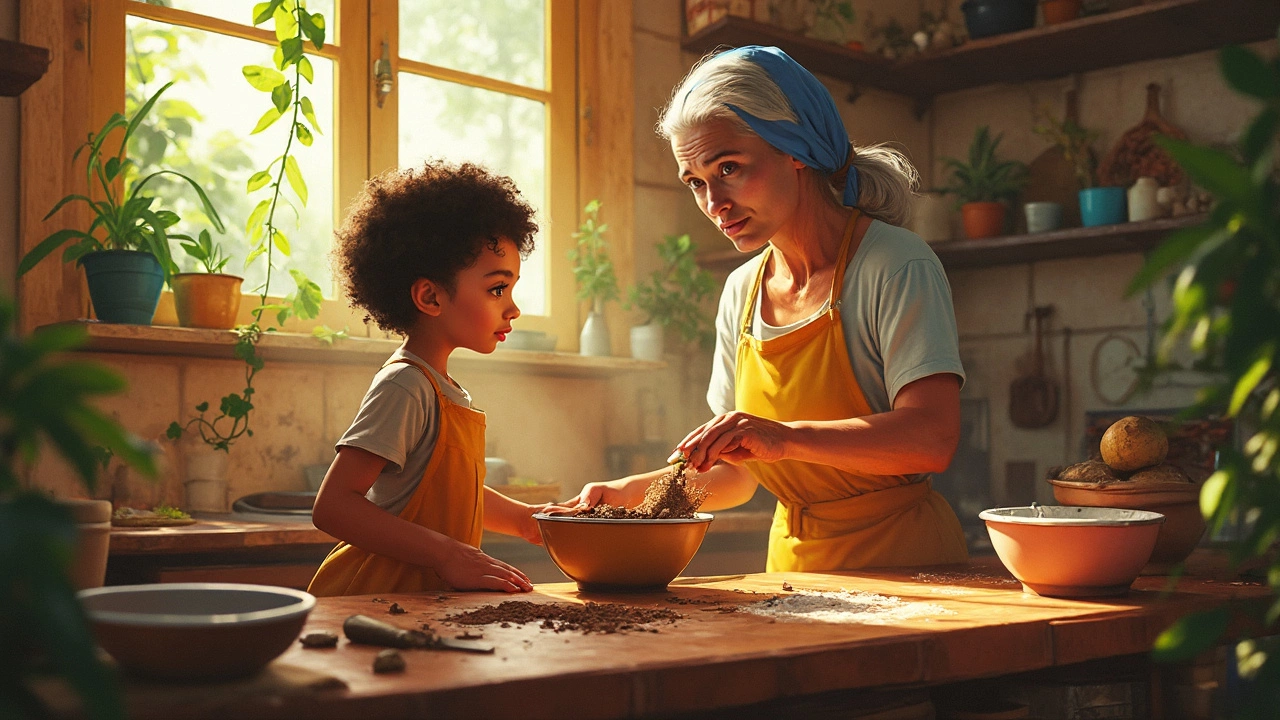
Tips for Creating Brazilian Desserts at Home
Whipping up some Brazilian sweets in your own kitchen is easier than you might think. You just need a handful of unique ingredients and few simple techniques. And who doesn't love a homemade treat with a twist?
First things first, stock up on some basic ingredients that are key to Brazilian dessert magic: condensed milk, coconut, and peanuts.
- Condensed milk: This is often the star in recipes, adding creaminess and sweetness. Think brigadeiros, those gooey chocolate balls everyone loves.
- Coconut: Whether in shreds or milk form, it's a must for dishes like cocada and quindim.
- Peanuts: Essential for preparing pé-de-moleque, a hardy peanut candy that’s surprisingly addictive.
Once you're all stocked up, it's time to start mixing! Always have a good non-stick pan on hand. Somehow, Brazilians have this down to a science. And if you've ever tried making a caramel sauce, you'd know sticking is not something you want!
Here's a quick trick: when rolling brigadeiros, coat your hands with a bit of butter. This way, they won’t stick and you can perfectionize those tiny spheres easily.
If you like data-driven decisions, consider this: a recent culinary study discovered that banana and chocolate combinations in Brazilian sweets had a 20% increase in taste satisfaction from home chefs. So get creative and try adding bananas to your chocolate desserts for a tropical edge!
Finally, Brazilian desserts are often about the journey rather than the result—just like making memories. So invite some friends over, make it a fun afternoon, and embrace the mess as part of the experience.

